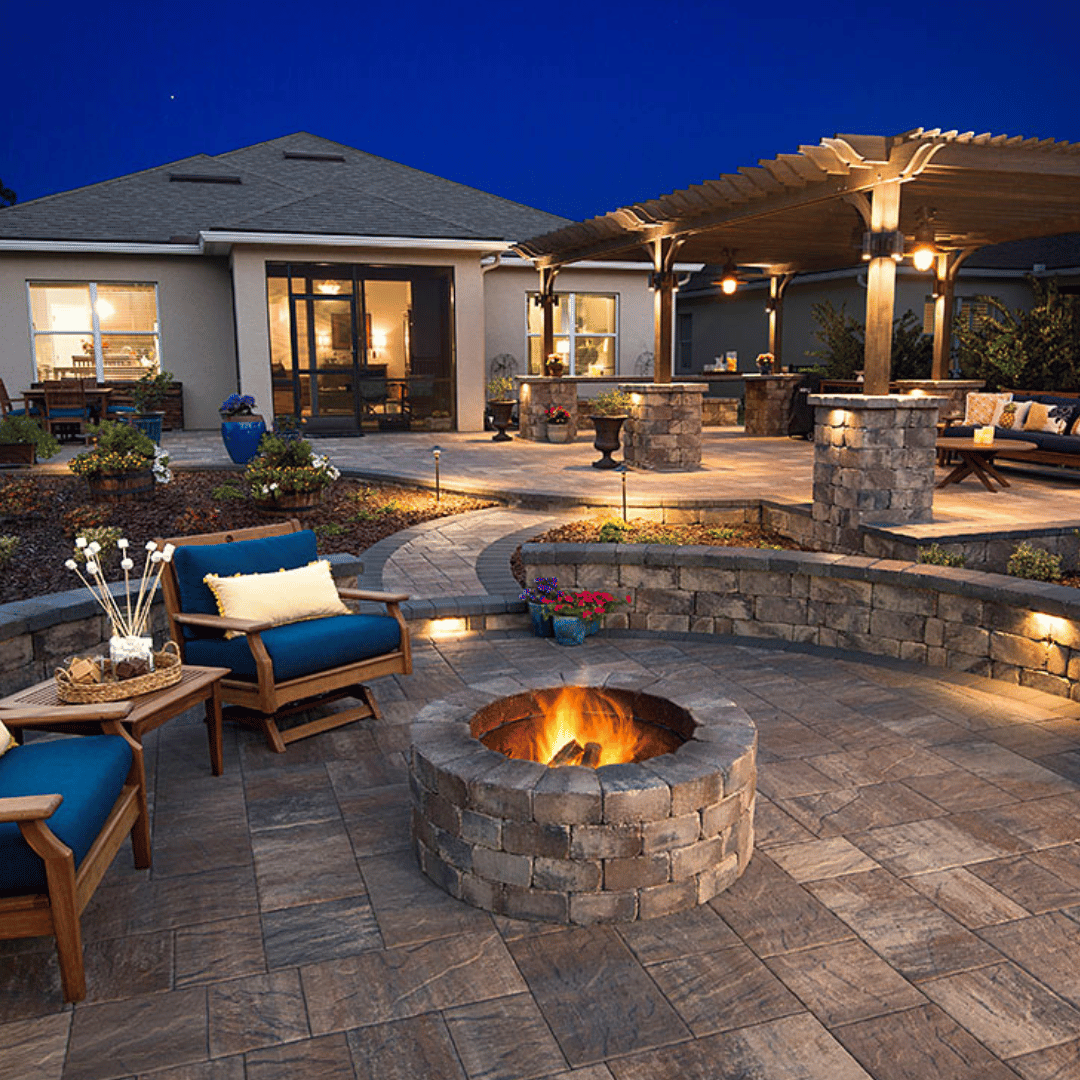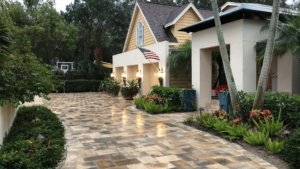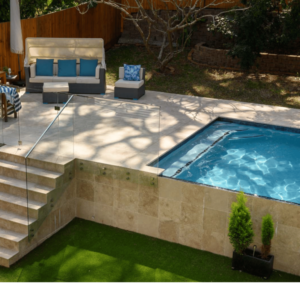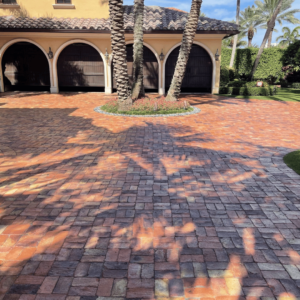Embracing Elegance in Plant-Free Landscape Design
In today’s eco-conscious world, homeowners and businesses alike are turning to innovative solutions to create stunning outdoor spaces without the maintenance and water requirements of traditional gardens. Plant-free landscape design offers an attractive, sustainable alternative, blending aesthetics with functionality. Herein lies a comprehensive guide to transforming your exterior spaces into breathtaking, low-maintenance landscapes that stand the test of time.
The Foundation of Plant-Free Landscaping
Plant-free landscapes rely on a mix of hardscaping, materials, and decorative elements to create visually appealing outdoor areas. This approach not only conserves water but also minimizes upkeep, making it an ideal choice for those looking to enjoy their outdoor spaces without the constant care plants require.
Key Elements to Consider:
- Hardscaping: Utilize stones, pebbles, and concrete to form paths, patios, and borders.
- Mulches: Opt for rubber, rock, or glass mulch to add color and texture without the need for water.
- Water Features: Incorporate fountains or artificial streams to introduce movement and sound.
- Outdoor Art: Select sculptures or decorative pieces that reflect personal style and add character.
- Lighting: Strategically place lighting to enhance the landscape’s features during the evening.
Innovative Design Techniques
Zoning with Texture and Color
Create distinct areas within your landscape using various textures and colors. Contrast smooth concrete paths with rough, colored pebbles, or bright glass mulch for a visually striking effect.
Focal Points and Pathways
Design pathways that lead to focal points, such as a sculpture or water feature, guiding visitors through the landscape and encouraging exploration.
Lighting for Ambiance
Use lighting to highlight architectural features and provide safety along paths. Soft, warm lights can create a welcoming atmosphere, while spotlights can accentuate focal points.
Sustainable Practices in Plant-Free Landscapes
Adopting plant-free landscaping doesn’t mean compromising on sustainability. By choosing eco-friendly materials and efficient designs, these landscapes can contribute positively to the environment.
Choosing Eco-Friendly Materials:
- Prefer recycled or sustainably sourced materials for hardscaping and decorative elements.
- Opt for solar-powered lights to reduce energy consumption.
Maintenance and Upkeep
One of the greatest benefits of plant-free landscapes is their ease of maintenance. However, regular upkeep is still necessary to ensure the space remains beautiful and functional.
Maintenance Tips:
- Regularly clean hardscaped areas to prevent weeds and maintain appearance.
- Check and clean water features to keep them running smoothly and looking clear.
- Inspect and replace any damaged elements to keep the landscape looking its best.
Conclusion
Transforming your outdoor area into a plant-free landscape is not just a trend but a lifestyle choice that marries aesthetics with sustainability. By employing strategic design elements, choosing the right materials, and incorporating eco-friendly practices, it’s possible to create a stunning, low-maintenance space that delights and inspires. Embrace the elegance of plant-free landscaping to create an outdoor space that stands out for its beauty, functionality, and sustainability.






